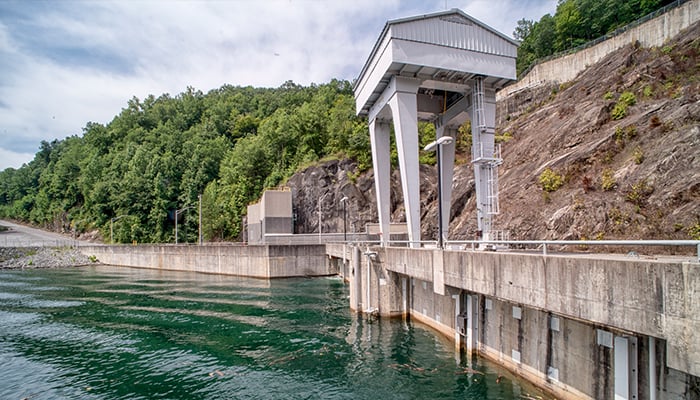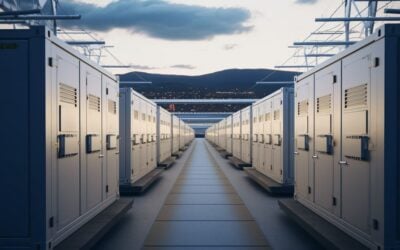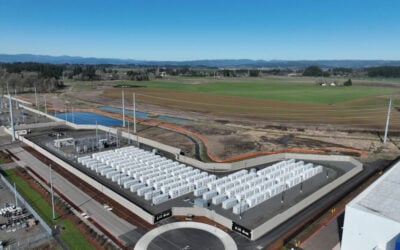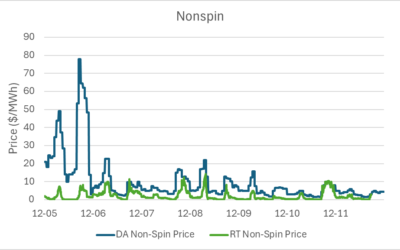
Major US utility company Duke Energy has announced the first grid-scale battery energy storage project to be built in the service territory of Duke Carolinas, in Anderson County, South Carolina.
It will deliver grid services to the utility, enabling grid operators to manage power flows and helping to mitigate peak demand draw from the grid, while also offering backup power to customers, including up to 30 hours of backup for critical functions at local Anderson Civic Center in case of disasters.
At ‘just’ 5MW / 5MWh, the battery project could have gone almost unnoticed among the many announced projects in the US, given its relatively small scale, but marks a major step forwards for Duke Carolinas, which has pledged an investment of US$500 million into energy storage over 15 years.
The 5MW lithium-ion battery project’s announcement comes just a few weeks after Charlotte Business Journal, local to Duke Energy’s HQ, reported the utility plans to raise rates by 6% in order to facilitate a US$291 million rise in revenues, partly to pay for grid upgrades, smart meters and other infrastructure solutions, but also to facilitate the retirement of coal plants and offer better service and choice for low income customers.
Try Premium for just $1
- Full premium access for the first month at only $1
- Converts to an annual rate after 30 days unless cancelled
- Cancel anytime during the trial period
Premium Benefits
- Expert industry analysis and interviews
- Digital access to PV Tech Power journal
- Exclusive event discounts
Or get the full Premium subscription right away
Or continue reading this article for free
“Through projects like this, we’re transforming the state’s energy infrastructure to support the two-way flow of electricity and significantly improve reliability for our customers. The added benefit of this project is that – in the case of a power outage – the storage system can be dedicated to the Anderson Civic Center so this critical emergency facility will be able to support residents and evacuees in time of crisis,” Duke Energy’s South Carolina president Michael Callahan said.
Contracts to execute the grid-tied Anderson County project will be awarded through a competitive bidding process and is tentatively planned for construction in 2021, although this remains contingent on a successful study of the ability to connect the project at its planned site to the power grid being completed by the end of this year.
Other Duke subsidiaries around the US have moved a little more rapidly into the battery storage space, with Duke Energy Florida stating in June this year that 22MW of energy storage system (ESS) projrects could save the utility group significant sums in infrastructure investment.





